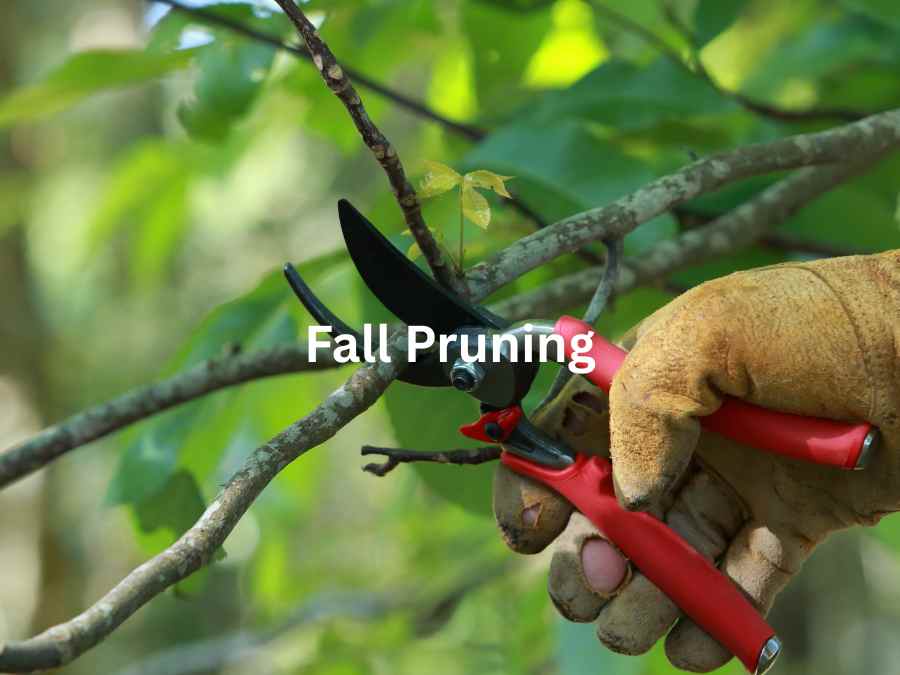Fall in South Carolina is one of the most rewarding times to work in the garden. The humidity drops, the air turns crisp, and it’s tempting to give your shrubs a major trim before winter sets in. But as any experienced gardener knows, timing is everything when it comes to pruning. Cut too much or too soon, and you risk harming next season’s blooms.
When Fall Pruning Makes Sense
Most shrubs are best left alone until late winter or early spring, but there are a few exceptions. If you spot dead, broken, or diseased branches, those can and should be removed in fall. Getting rid of weak limbs before winter helps prevent damage from wind or heavy rain.
This is also a good time to thin out any branches that are rubbing together or growing inward. It improves air circulation and reduces the chance of fungal problems.
As the team at Greenscapes Landscape on Hilton Head explained, “Autumn is really about observation, not overhaul. You’re shaping lightly and protecting structure, not forcing new growth.” Their advice applies perfectly to Lowcountry and Midlands gardeners who want to tidy up without triggering new shoots that cold weather could damage.
What to Avoid
Avoid hard pruning in fall. Shrubs that bloom on old wood—like azaleas, camellias, and hydrangeas—already have next year’s buds formed. Cutting them back now removes those buds and means fewer flowers next spring.
Also skip pruning right before a cold snap. Fresh cuts can stimulate new growth that won’t have time to harden before frost, leaving plants vulnerable.
Best Practices for a Gentle Fall Trim
- Wait until most leaves have fallen so you can clearly see the branch structure.
- Always use sharp, clean pruning shears.
- Make small, angled cuts just above a node so rainwater can run off easily.
- Remove any suckers that sprout from the base or lower branches.
- Limit cuts to what’s necessary—large wounds heal slowly in cooler weather.
If your shrubs are wildly overgrown, resist the urge to reshape them now. Save major pruning for late winter, when plants are dormant but ready to push new growth once temperatures warm.
Timing and Technique
In Columbia’s mild fall, you can safely prune into early November, but avoid doing it right before heavy rain or an early freeze. Coastal areas like Hilton Head and Bluffton may stretch a few weeks longer, while Upstate gardeners should finish sooner.
When working with evergreens, a light trim to maintain shape is fine, but hold off on deep cuts until spring. Deciduous shrubs benefit from patience—once leaves drop, you’ll be able to see exactly where to make selective, strategic cuts.
The Takeaway
Fall pruning is about moderation. A few thoughtful snips now can prevent damage and disease later, but the real shaping work should wait until next season. With South Carolina’s unpredictable weather, the safest approach is to observe, tidy, and plan ahead.
For homeowners looking to refresh their landscape design or maintain healthy growth year-round, professionals like Greenscapes Landscape on Hilton Head can help balance beauty with long-term plant health. Their team understands how Lowcountry weather affects shrubs and trees, offering expert seasonal guidance that works just as well across the Midlands.
